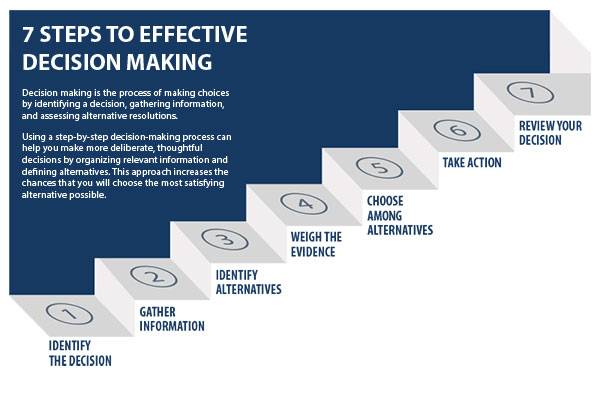Quick, intuitive decision-making, Neuroscience
– A bat and a ball costs a $1.10 The bat costs a dollar more than the ball. How much does a ball cost? Believe it or not, the answer to the question has less to do with math and more to do with the science of decision-making. There are two distinct systems used in decision-making, and each leads to unique tactics that can affect consumer behavior. In this video, I’ll walk you through the distinguishing characteristics of the first system and give you marketing techniques to recalibrate your messaging to optimize for this system of decision-making. Back to the bat and ball question. If you’re like most of the people in the study, you likely arrived at 10 cents.
This experiment was famously constructed by Shane Frederick and neuroscientist Daniel Kahneman. It was posed to undergraduate students from MIT, Princeton, and Yale, and roughly 50% of them came up with the same solution, 10 cents. 10 cents is actually the wrong answer. The right answer is 5 cents. This would make the bat cost a $1.05, which is a dollar more than the ball, and would let the bat and ball together total $1.10. So why do most people answer 10 cents? Because it’s intuitive and does not take much deliberation.
This is what Daniel Kahneman calls System 1 thinking, the opposite of which is System 2 thinking. A slower, more analytical mode of decision-making. If there’s an easy way to arrive at a solution, the brain will take that route every time. In other words, the brain wants to stay in System 1 by default and not switch to System 2. This is such a stable characteristic that it’s referred to as a law, the law of least mental effort. This is what happens with the bat and ball problem. As a marketer, most of the time, you will be speaking to your consumers’ default system, System 1. The strategy here is to keep things moving. Test your messaging, user experience, and retail design elements which speed consumers through their journey.
Next, consumers are happy to go with the flow unless they’re forced to switch into System 2. So the second strategy here is to not interrupt the users, nor give them a reason to pause. You’ll need to review your messaging, your UX, and retail design elements that could inadvertently slow users down. Remove any or all of this friction. By assessing your messaging, you’ll be able to speak to a consumer’s highly suggestible and quick decision-making system. How creatively you’ll apply that to your marketing mix is up to you.







